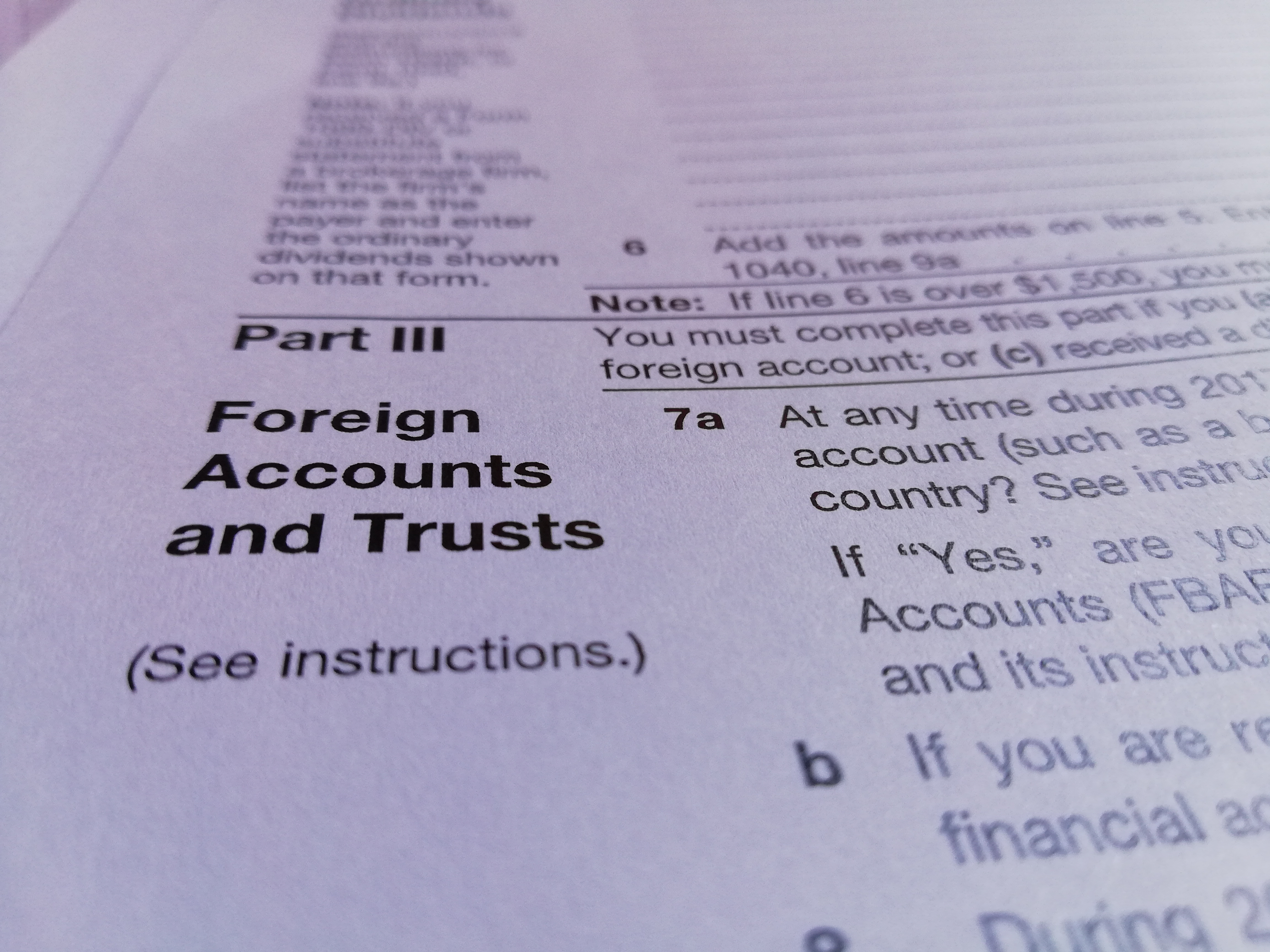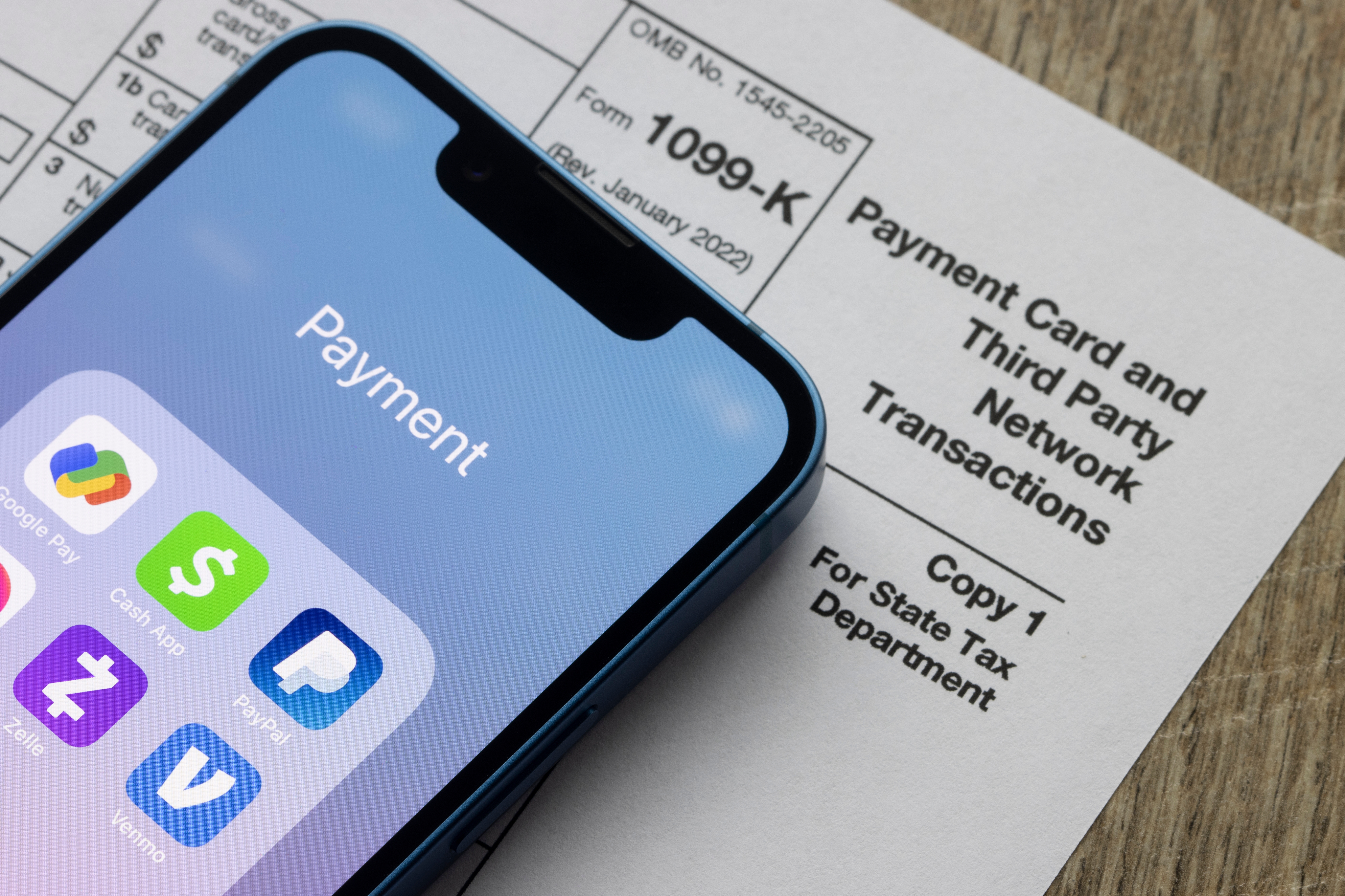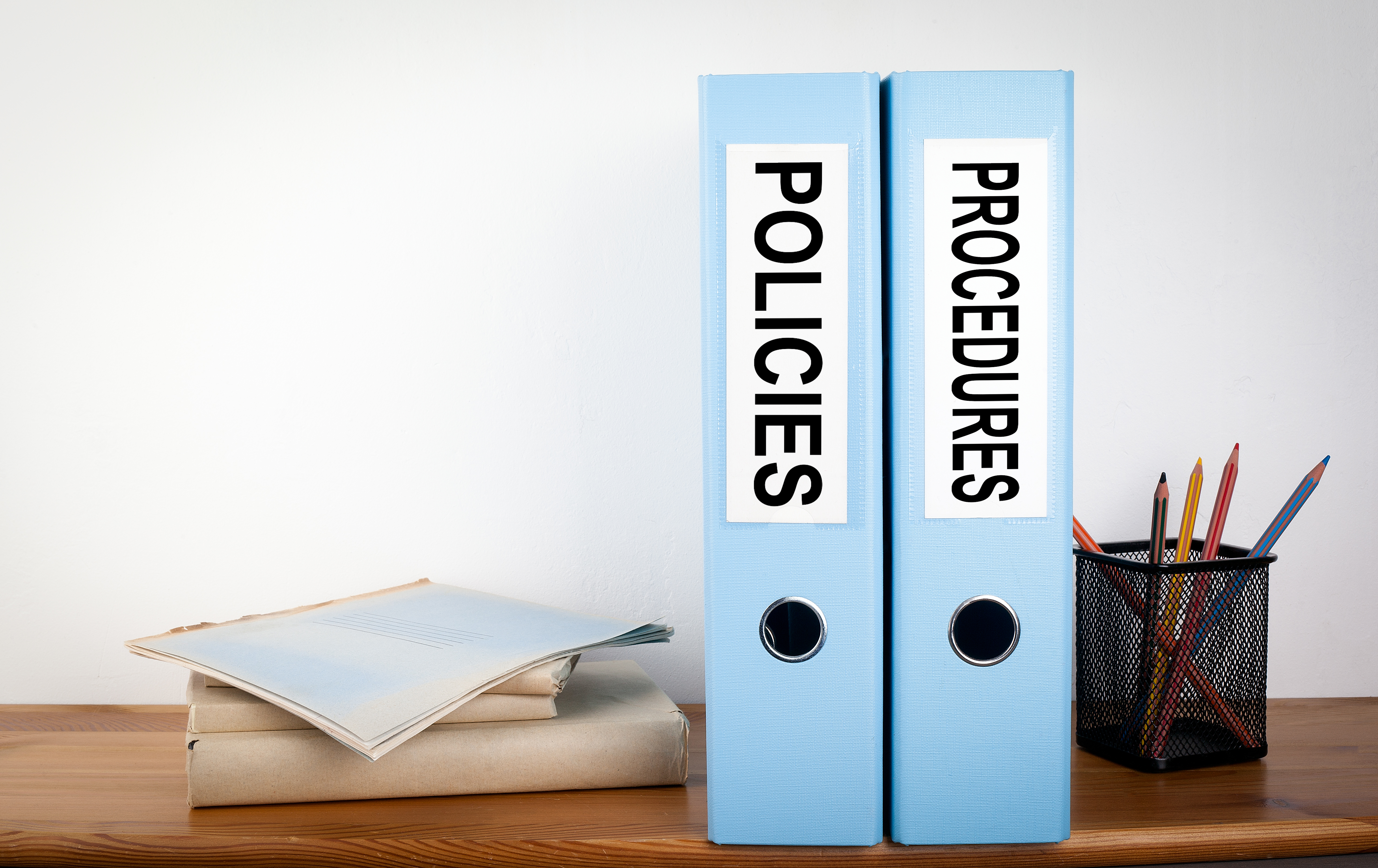Maximizing Cash Flow: Streamlining Payments for Business Accounts
Key Takeaways
- Consolidating payments enhances financial control and efficiency by improving cash flow visibility, reducing administrative tasks, and minimizing errors
- To identify consolidation opportunities, analyze existing payment processes, remove redundancies, and align payment cycles
- Streamline payment processes by leveraging technology, standardizing procedures, and integrating payment systems for better efficiency
- Choose the right technological tools that support payment automation and seamless integration for accurate and efficient management
- Tackle common consolidation challenges by managing organizational change, ensuring compliance, and integrating systems effectively

Is keeping track of your business cash flow a recurring nightmare due to scattered payment systems and multiple accounts spread across different platforms? The fragmented nature of managing payments can make it challenging to get a clear view of your overall financial picture. But don't worry! This article will delve into the common obstacles businesses encounter when trying to streamline their cash flow and provide practical insights to overcome them. Get ready to unlock the potential of your business's cash flow with proven strategies and best practices.

Benefits of Consolidating Payments
Consolidating payments for your business can lead to improved financial control, operational efficiency, and stronger partnerships with key stakeholders. Here are some other significant advantages of streamlining payments:
- Better cash flow management and visibility: Gain a comprehensive view of your cash flow, enabling improved tracking and decision-making.
- Reduced administrative burden and time savings: Simplify payment processes, saving time and resources for other critical tasks.
- Enhanced accuracy and minimized errors: Streamlined payments reduce the risk of mistakes, duplicate payments, and reconciliation efforts.
- Increased leverage for better payment terms: Leverage your payment history to negotiate more favorable terms with vendors.
- Improved relationships with vendors and suppliers: Establish consistent payment processes, build trust, and potentially receive enhanced service and cost savings.
Identifying Payment Consolidation Opportunities
The first step in consolidating payments is identifying the opportunities within your current payment processes and systems with a thorough analysis. Here are key steps to help you identify payment streamlining opportunities:
- Analyzing current payment processes and systems: Begin by assessing your existing payment workflows, platforms, procedures, and systems. Understand how payments are currently handled and identify any pain points or inefficiencies.
- Identifying duplicate or redundant payment methods: Look for duplicate payment methods or redundant systems that can be eliminated to address unnecessary complexity and improve efficiency.
- Recognizing overlapping payment cycles and due dates: Identify any overlapping payment cycles or due dates that may cause confusion or cash flow strain. Consolidating payments can help align these dates and simplify your payment schedule.
- Evaluating payment volumes and transaction patterns: Analyze your payment volumes and transaction patterns. Identify vendors or payment methods that contribute significantly to your payment activity. Consolidating payments with high volumes can lead to greater efficiency and cost savings.
- Assessing the feasibility and potential benefits of consolidation: Consider the feasibility and potential benefits of consolidating payments. Evaluate factors such as cost savings, process streamlining, and improved cash flow management. Assess the impact on your business operations and weigh the benefits against any potential challenges.
Careful evaluation of your current payment processes and systems can uncover valuable opportunities for consolidation.
Streamlining Payment Processes for Greater Efficiency
Streamlining your payment processes is crucial for maximizing efficiency in your business operations. You can achieve a seamless and efficient payment workflow by identifying bottlenecks and implementing standardized procedures. Leveraging technology solutions and integrating payment systems further enhances efficiency.
Here are some proven strategies for streamlining payment processes:
- Assess current payment workflows, identify bottlenecks, and implement standardized procedures and protocols.
- Embrace technology tools and integrate payment systems to automate manual tasks, improve accuracy, and speed up payment cycles.
- Streamline approval processes, reducing manual interventions and simplifying workflows.
These strategies will optimize your payment operations, saving time, reducing errors, and enhancing overall efficiency.
Choosing the Right Payment Consolidation Strategy
Before implementing business-wide changes to consolidate payments and maximize cash flow, you must determine the appropriate payment consolidation strategy that will work for your business model and industry vertical. Here are a few things you should consider before making changes:
- Evaluate different payment consolidation options, considering factors such as cost, complexity, and scalability.
- Assess the suitability of in-house versus outsourced solutions, weighing the benefits and drawbacks of each approach.
- Review case studies and success stories of payment consolidation strategies to gain insights into their effectiveness.
- Finally, make a decision based on your business needs and objectives, ensuring that the chosen strategy aligns with your goals and maximizes the benefits of payment consolidation.
Automating Payment Consolidation for Increased Accuracy
Businesses can streamline payment processes and reduce manual errors by exploring various payment automation tools and software. Implementing secure and efficient payment data integration ensures a seamless flow of information, minimizing the risk of data discrepancies.
Automation is also crucial in ensuring data integrity and accuracy, eliminating the need for manual data entry, and reducing the chances of human error. Additionally, automation streamlines reconciliation and reporting processes, enabling businesses to generate accurate financial reports and gain a comprehensive view of their cash flow.
Consolidating Payments to Reduce Costs
Consolidating payments is an effective strategy for reducing costs and improving the financial health of your business. Payment consolidation helps you identify areas where expenses can be minimized by exploring cost-saving opportunities. Similarly, consolidating payment channels helps reduce transaction fees associated with multiple platforms and systems. You can further optimize cost savings by negotiating volume discounts and favorable payment terms with vendors.
Identifying and eliminating unnecessary expenses in payment processes, such as duplicate payments or inefficient workflows, also contributes to overall cost reduction. Calculating the potential cost savings that can be achieved through payment consolidation is vital to gain a clear understanding of the financial benefits. Reduce costs and allocate resources more efficiently, leading to improved profitability with payment consolidation.
The Role of Technology in Payment Consolidation
The role of technology in payment consolidation is instrumental in streamlining and optimizing the process. With technological advancements driving the evolution of payment consolidation, businesses can leverage innovative solutions and platforms. Cloud-based systems offer secure and scalable environments for consolidating payments, providing flexibility and accessibility. Data analytics and insights play a crucial role in informed decision-making, allowing businesses to analyze payment trends and optimize their consolidation strategies.
It’s crucial to address security and data privacy considerations to protect sensitive payment information throughout the consolidation process. Technology plays a pivotal role in addressing such concerns during the payment consolidation process in addition to offering numerous other benefits, like:
- Increased Efficiency: Technology streamlines payment consolidation processes, automating manual tasks and reducing the chances of errors. This improves overall efficiency and saves time.
- Enhanced Accuracy: Leveraging technology can ensure accurate and precise payment consolidation as automated systems eliminate the risk of human error, leading to more reliable financial records.
- Cost Savings: Technology enables businesses to consolidate payment channels and eliminate redundant systems, reducing transaction fees and associated costs and leading to significant cost savings over time.
- Data Insights: Businesses can leverage technological solutions to analyze data and gain insights into payment trends and patterns to make informed decisions and optimize payment consolidation strategies.
- Scalability and Flexibility: Cloud-based systems offer scalability, allowing businesses to adapt their payment consolidation processes as their needs evolve. This flexibility ensures that businesses can easily accommodate growth and changing market conditions.
Best Practices for Consolidating Payments Across Multiple Accounts
Consolidating payments across multiple accounts requires careful planning and adherence to best practices. Implementing these practices helps businesses streamline payment processes, improve efficiency, and maintain financial accuracy. Here are key steps to ensure a smooth payments consolidation process across multiple business bank accounts:
- Develop a centralized payment management system: Create a centralized system or platform to manage payments across multiple accounts. This centralization helps streamline processes and provides a unified view of payment activities.
- Establish clear payment policies and procedures: Clearly define payment policies and procedures to ensure consistency and eliminate confusion. This includes specifying payment approval processes, authorized payment methods, and timelines.
- Standardize payment terms and methods across accounts: Establish consistent payment terms across all accounts, such as due dates and payment methods. This standardization simplifies the payment process and improves efficiency.
- Implement robust account reconciliation processes: Regularly reconcile payment activities across accounts to ensure accuracy and identify any discrepancies. This involves comparing payment records, bank statements, and invoices to maintain financial integrity.
- Monitor payment activities for compliance: Regularly monitor payment activities to ensure compliance with regulatory requirements and internal controls. This includes verifying payment authorization, reviewing documentation, and conducting periodic audits.
- Leverage automation tools for payment consolidation: Utilize automation tools to streamline payment consolidation processes. This can include automated payment scheduling, invoice matching, and reconciliation to improve accuracy and save time.
- Maintain open communication with vendors and suppliers: Establish effective communication channels with vendors and suppliers to ensure smooth payment consolidation. This helps address concerns, negotiate favorable terms, and build strong relationships.
Tips for Negotiating Better Payment Terms with Vendors
Vendor management plays a crucial role in optimizing payment processes and improving cash flow for businesses. Building strong relationships with vendors and suppliers is critical to successful vendor management. Fostering open communication can establish trust and collaboration, leading to better payment terms. Evaluating vendor payment terms and conditions help identify opportunities for negotiation and improvement. This includes assessing payment due dates, interest rates, and any applicable fees.
Tips for Negotiating Better Payment Terms with Vendors:
- Build strong relationships with vendors and suppliers based on open communication and trust.
- Evaluate vendor payment terms and conditions to identify areas for negotiation and improvement.
- Negotiate for extended payment terms or discounts to improve cash flow and financial flexibility.
- Explore early payment discount opportunities to incentivize prompt payments and reduce costs.
- Collaborate with vendors to find mutually beneficial payment solutions that optimize terms for both parties.
Common Challenges and Solutions when Consolidating Payments
Consolidating payments is a strategic approach businesses adopt to optimize their cash flow management and streamline financial processes. However, the process of payment consolidation can present its own set of challenges. From resistance to change within the organization to complex systems integration and regulatory compliance, businesses must navigate various obstacles to ensure a smooth consolidation process. Below are practical solutions to frequently asked questions to help businesses consolidate payments effectively.

Unlock the Potential of Streamlined Payments for Your Business
Consolidating and streamlining payments offers numerous benefits for businesses seeking to maximize their cash flow and optimize financial operations. It helps businesses improve cash flow management, reduce administrative burdens, enhance accuracy, and gain leverage in negotiating favorable payment terms. Effective payment consolidation strategies, supported by technology and best practices, can increase efficiency and cost savings and improve relationships with vendors and suppliers.
Take action today to boost your business's cash flow. Click on this link to explore our bank reviews, or visit our recommended banks section to discover the best tools and solutions in the market that can help you consolidate and streamline your payments effectively.
What if the organization is resistant to change when consolidating payments?
Addressing resistance to change requires effective communication and change management strategies. Engage stakeholders, highlight the benefits of payment consolidation, and provide training to ensure a smooth transition.
How can businesses manage complex payment processes and systems integration?
Managing complex payment processes and systems integration requires careful planning. Conduct a thorough analysis of existing processes, identify areas for improvement, and implement a phased approach to integration, ensuring proper testing and training.
What if there are data synchronization and accuracy issues during payment consolidation?
To overcome data synchronization and accuracy issues, leverage technology solutions that automate data integration and reconciliation processes. Regularly audit and validate data to ensure accuracy and implement proper data management practices.
How can businesses ensure compliance with regulatory and legal requirements?
A: Compliance with regulatory and legal requirements is essential when consolidating payments. Stay updated with relevant regulations, establish internal controls, and implement robust monitoring and reporting mechanisms to ensure compliance.
What risks are associated with payment consolidation, and how can they be mitigated?
Risks such as fraud, cybersecurity threats, and operational disruptions can arise during payment consolidation. Implement robust security measures, including encryption and access controls, conduct regular risk assessments, and have contingency plans in place to mitigate these risks.
How can businesses effectively manage the transition and implementation of payment consolidation?
A: Managing the transition and implementation of payment consolidation requires proper planning and coordination. Develop a detailed project plan, allocate resources, communicate the changes to all stakeholders, and monitor progress closely to ensure a successful implementation.
Edited by:
Bryan Huynh
•
Product Tester & Writer

























































































